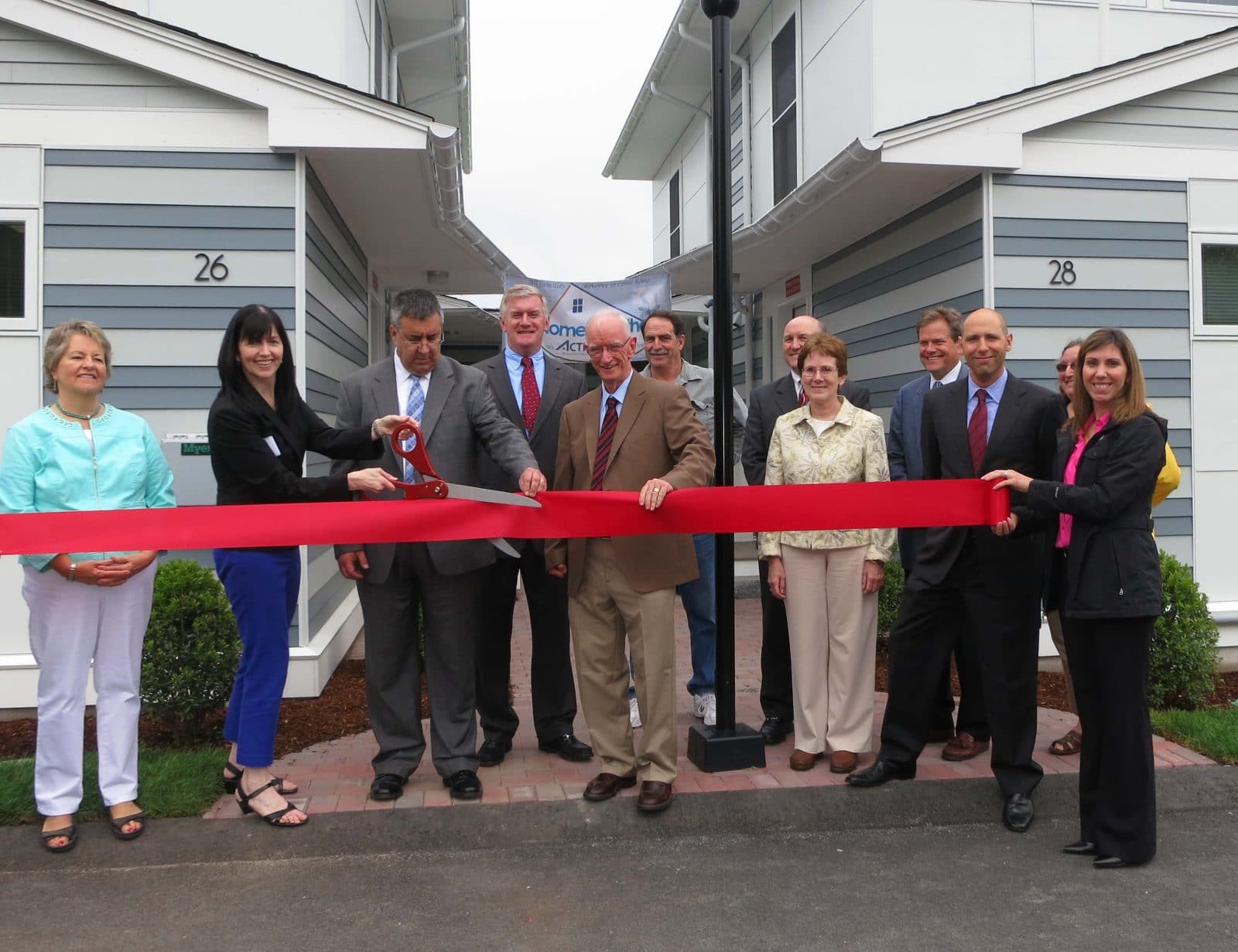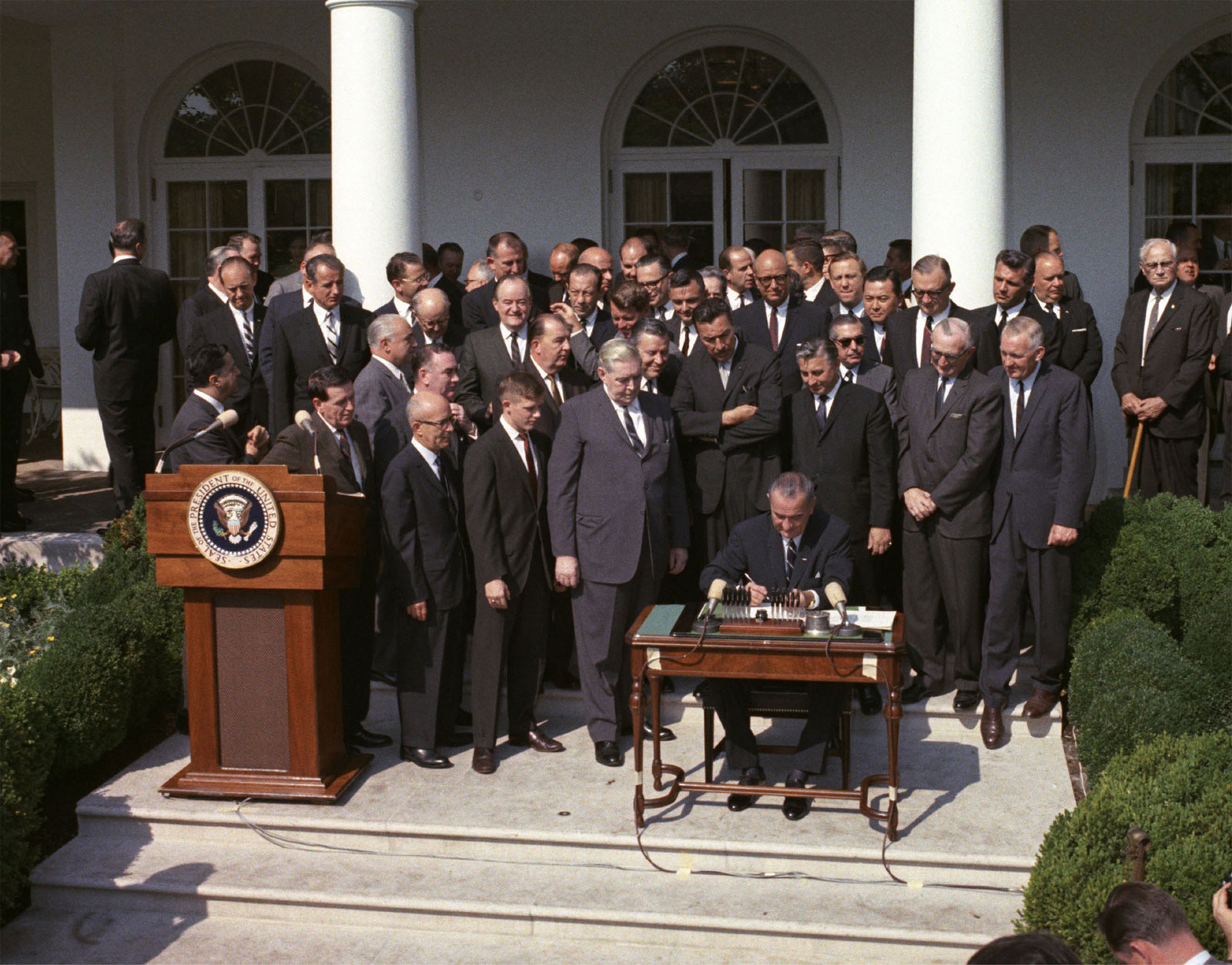History of MASSCAP

The Massachusetts Association for Community Action (MASSCAP), along with its predecessor organization, has represented the Community Action Agencies operating in Massachusetts for more than 40 years. It’s members, per the bylaws, are the Executive Directors of the 23 Community Action Agencies operating in Massachusetts.
MASSCAP has evolved from a forum for the exchange of ideas, advice, and experience to a fully-staffed and active nonprofit association offering broad-based support for the members, which is the main pillar of its mission.

MASSCAP uses an ad hoc committee structure joined by a series of Communities of Practice that provide regular opportunities for planners, financial officers, human resource directors, communications and development personnel, financial empowerment program staff, food programming staff, IT professionals and more to share information, access training, provide mutual support, and communicate with the Community Action Network. In the context of a regulatory structure meant to guide Community Action Agencies toward the highest possible performance in service to people living with low incomes, in 2014, MASSCAP established a robust and comprehensive training program called the MASSCAP Training Center (MTC), which offers approximately 70 training sessions per year in support of management and program excellence.
A consistent activity over the years for MASSCAP has been developing and promoting public policies on the federal and state level that, taken together, strengthen individuals, families, neighborhoods, and communities across the state–and make the economy work for everyone. MASSCAP has worked for close to three decades with the National Community Action Foundation to advocate for our core funding – the Community Services Block Grant (CSBG) and the Low-income Home Energy Assistance Program (LIHEAP). Our focus on the state level has evolved from one budget item – resources to help people heat their homes – to a set of legislative and budget priorities including a line item for Community Action Agencies, early education and care budget items, home heating and water and sewer rate relief, rental vouchers, support for free tax preparation and expanding the Earned Income Tax Credit (EITC) and dependent care credits as well as programs that foster asset and wealth building.

History of Community Action
